Every year, humans consume more plastic bags than there are stars in our galaxy.
That’s 160 000 plastic bags a second!
If you laid each bag next to one another, in one hour there would be enough plastic bags to wrap around the world 7 times.
What’s incredible to me is the fact that on average, a single plastic bag is used for up to 12 minutes, yet they can take thousands of years to break down.
Why is human society so attracted to these unsustainable objects of comfort? How are we able to limit consumption trends where plastic bags are only used once? How can we make these bags out of enviromentally friendly and sustainable materials?
Well, to answer these questions we need to start at the beginning.
We need to understand what materials plastic bags are made from and how exactly they are made.
Table of Contents
Start Your Plastic Free Life Today with greenUP!
What are plastic bags made out of?
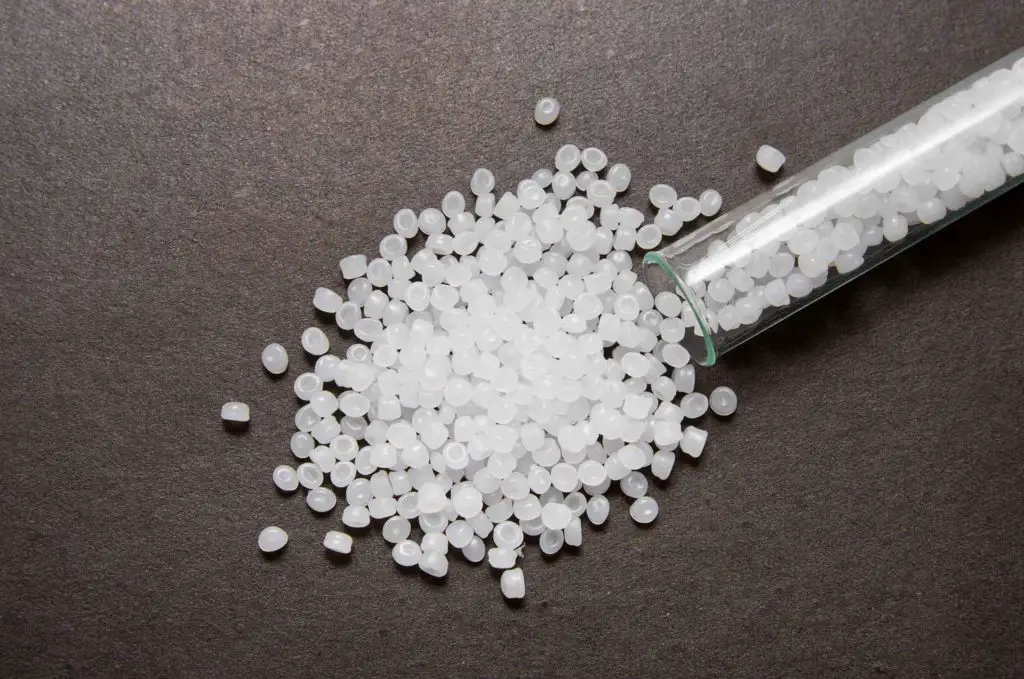
The vast majority of plastic bags is made from an ever-present polymer substance, known as polyethylene. This consists of long chains of ethylene monomers.
Where do we get ethylene from?
Well, from the ground. Although ethylene can actually be produced from renewable resources, it is predominantly obtained by either crude oil or natural gas.
Once the ethylene is extracted, it is then treated to become the polymer, thus polyethylene is born.
Read Also: Reforestation, Afforestation and Deforestation Explained
How are plastic bags made?
Step 1 – Extraction of crude oil and natural gas
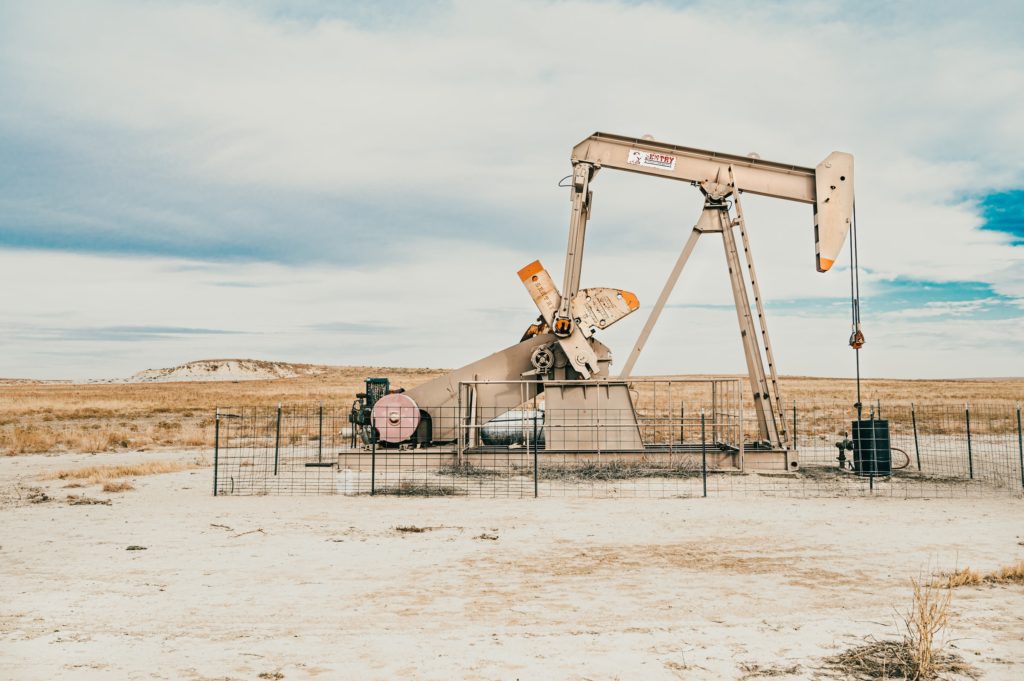
The first step to making plastic bags is to extract the raw material. The raw material, polyethylene, can be sourced from either refined oil or cracked gas (what is cracked gas?).
Drilling wells, like the ones seen above, are used to reach these hydrocarbons, which lie sometimes 5 – 10 miles (8 – 16 km) below the earth’s surface.
This process, known as “fracking”, injects a mixture of water and chemicals into rock formations to release the oil and gas.
If any leaks occur, it presents severe implications for the environment and human health (such as cancer, birth defects and liver damage).
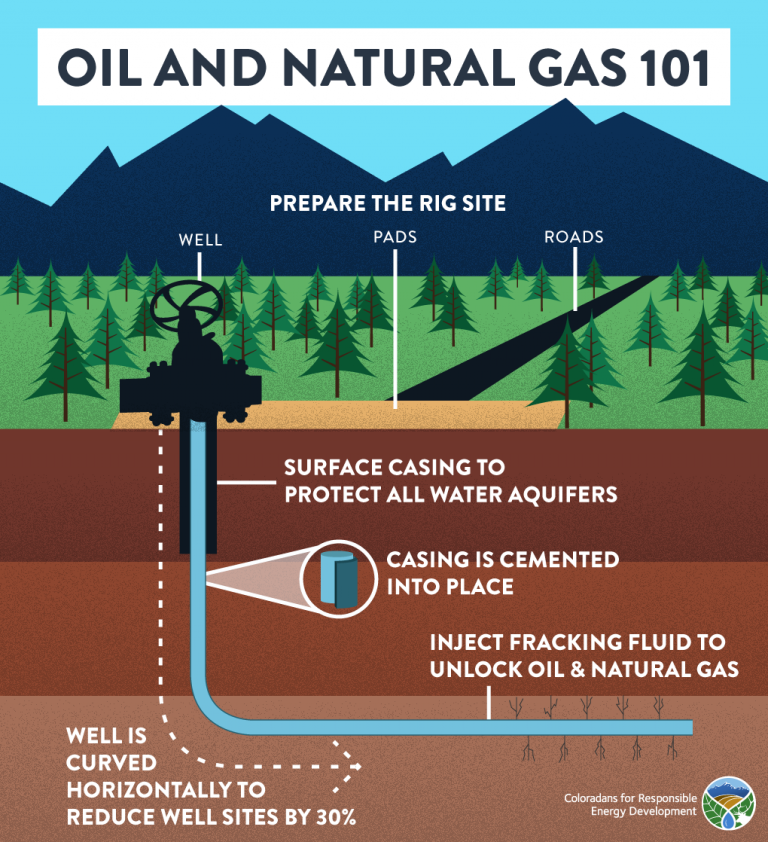
Once the raw oil and gas is extracted, it is transported through pipes to a refinery. At these refineries, petroleum is separated into different densities allowing the right oil to be singled out for plastic production.

Once the right oil has been singled out, it is then superheated and pressurized. This isolates the pure polyethylene chains, which can then be combined to form resin pellets of pure plastic.
The type of product required determines the amount of heat and pressure applied to the oil. These fluctuating amounts of energy create different densities of plastic resin pellets.
For example, if you would like a grocery bag made, you would need to create a high-density plastic (HDPE).
Other examples of products that use HDPE are bottle crates, milk jugs and those outdoor plastic chairs you always see at kid’s birthday parties.
Step 2 – Plastic film extrusion

The process of plastic bag production looks pretty strange.
Raw plastic pellets (known as nurdles) of different densities (such as, HDPE, LDPE, or LLDPE) are again super heated and pressurized to form a molten liquid, which air is then pumped into from below.
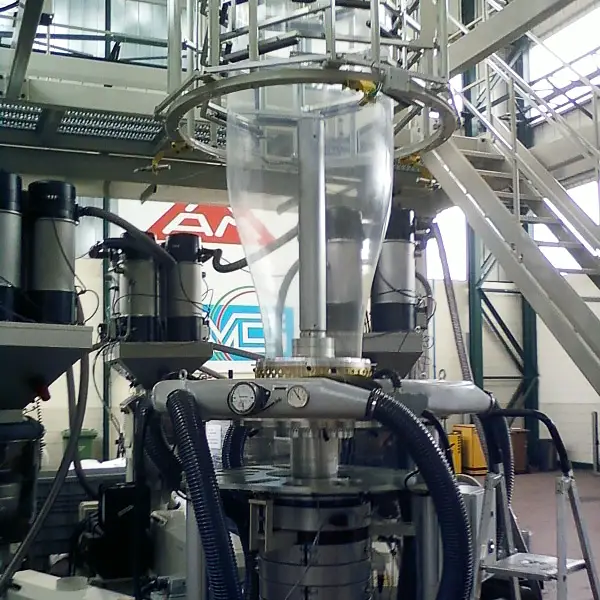
This process turns the molten plastic into a balloon-like plastic film that passes through a tall vertical corridor.
As this plastic bubble expands upwards it cools, coming into contact with many rollers that stretch and contort the plastic into thin film sheets.

Several hundred meters of these sheets then roll onto two separate cylinders, which when completed can weigh up to 352 pounds (160kg) each.
These condensed rolls of plastic are then moved off to the printing department.
Step 3 – Printing on the plastic bags
Most single-use plastic bags consist almost entirely of pure polyethylene molecules.
However, the plastic bags you get at most shopping malls and supermarkets usually have some sort of color print on them.
The process of printing on super sensitive/light material such as plastic bags is called flexographic printing. Depending on the dyes that are used, color printing on plastic bags can be toxic.
This in itself poses health risks to marine animals once the plastic bag lands up in the ocean, which they eventually always do.
Step 4 – Completing the manufacturing process
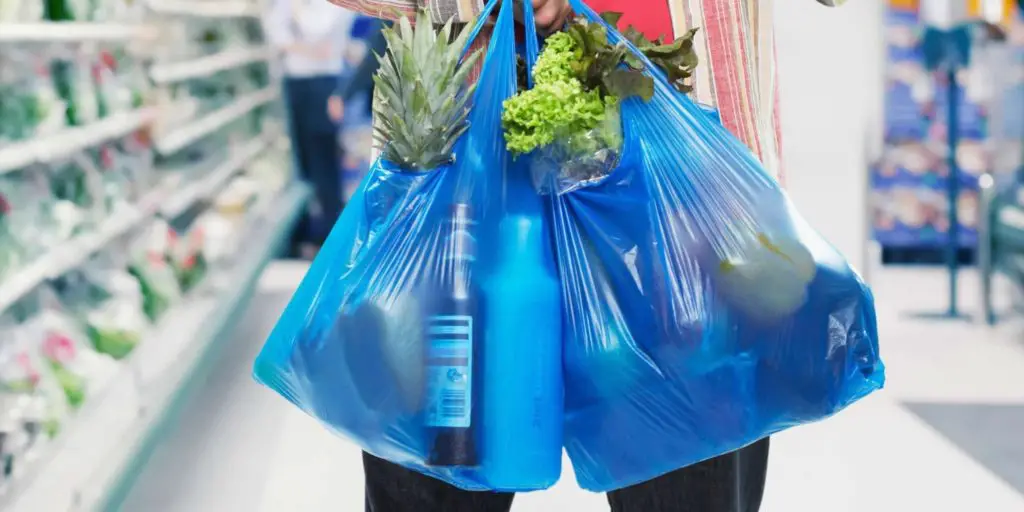
Finally, the two printed sheets are then pressed together at the edges, effectively sealing the bag.
The sealed plastic bag can then be cut to desired sizes, depending on the commercial intent for the bag.
At this stage in the process, manufacturers can implement custom designs on the bag. For example, they can add a section for easy tearing (like the plastic bags you find at the fruit and vegetable section of the grocery store).
Plastics 101
Check out this extremely informative video below if you’d like to delve deeper into the world of plastics.
What can I do with my plastic grocery bag?
Here are 10 ways you can reuse your plastic bag.
- Donate them – You can donate them to local stores and flea markets they will be super happy not to have to buy them new.
- For laundry – Reuse a plastic bag for your laundry while you are travelling.
- As jar sealers – You know those jam jars that attract house ants with their sugary goodness? Seal them with a plastic bag.
- Shoe form – Stuff your lightweight summer shoes with plastic bags so that they keep their form through winter.
- For car maintenance – Use them as a glove when checking the oil to avoid greasy hands, unless you are into that sort of thing.
- Paint guards – Cut the bag open and use as a paint guard when painting the walls.
- For clothes pegs – Tie a plastic bag onto your washing line to keep all your clothes pegs inside.
- As plant protectors – When the weather gets cold, cover your plants with a bag to keep them warm during days with frost.
- As wiper protectors – If it snows in your area, place plastic bags around your wipers to protect them.
- For car mirrors – Tie the bags over your car mirrors, when you are ready to drive slip them off, and voila your mirrors are clean.
Best Plastic Alternatives
In today’s age, there are zero plastic alternatives for most of the daily life items we use.
Bamboo Toothbrush
The average person uses 300 toothbrushes in their lifetime. A plastic toothbrush may take about 1000 years before it finally decomposes, either in the marine environment or in a landfill. Be smart and use a bamboo toothbrush instead!
Pela Case
Studies have found that buying a new smartphone consumes as much energy as using an existing phone for an entire decade. It is therefore very important that we protect our cell phones properly. And that’s possible in an eco-friendly way with Pela, the World’s First Compostable Phone Case!
Reusable Water Bottle
Over 1 million plastic bottles are purchased every minute around the world. Can you fathom that? Take responsibility with a reusable water botte.
Zero Waste Bamboo Lunch Kit
Instead of buying single-use plastic cutlery and plates each time you want to snack on the go, a zero waste bamboo lunch box allows plastic free picnics.
Find more Plastic Alternatives Here
A Plastic Bags Life Journey
The Great Pacific Garbage Patch
The great pacific garbage patch, also known as the “pacific trash vortex” (a fitting name), is a gyre consisting of around 1.8 trillion pieces of plastic.
Contrary to the common public perception that the patch is a giant island of floating garbage, the vast majority of the patch is in fact made up of fingernail-sized or smaller bits of plastic, known as microplastics. This prevents satellite imagery from detecting the patch. And sometimes even casual boatmen passing by.
The patch consists of plastic over 50 years old, and includes fragments of items such as plastic lighters, water bottles, pens, baby bottles, toothbrushes, cell phones, straws, plastic bags and nurdles.

Amongst the trillion pieces of plastic particles lies a certain wood pulp. This pulp is believed to originate from the thousands of tons of toilet paper flushed into our oceans daily.
The great pacific garbage patch has increased 10 fold every decade since 1945 and today covers over 1.6 million square kilometers. That’s twice the size of Texas and 3 times the size of France!
Let this information sink in for abit.
Mindblown? Yea, me too! Luckily, there are ways you can help shrink that garbage patch.
Check out our 10 tips to reduce your own plastic consumption.
Further Reading:



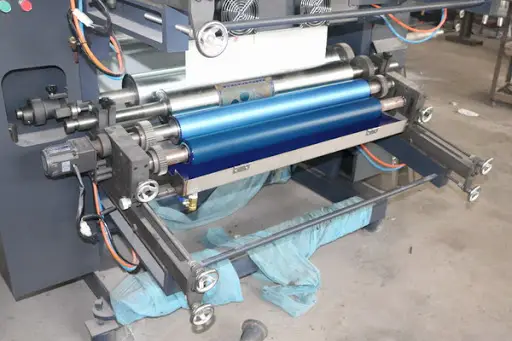
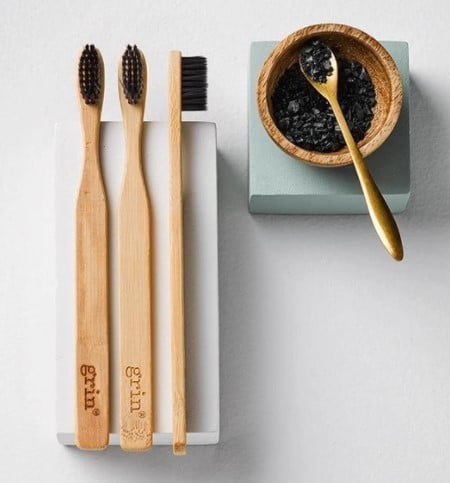
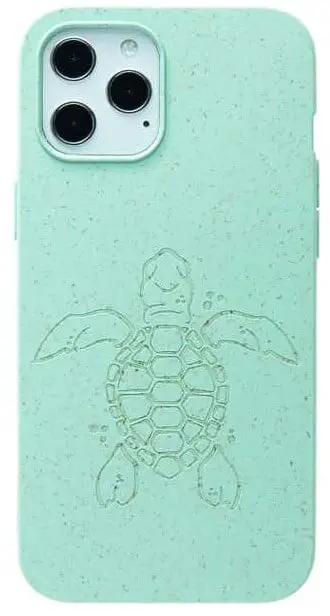
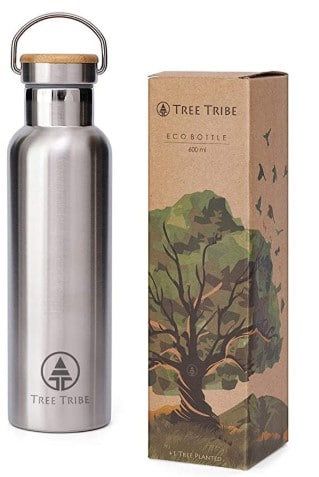
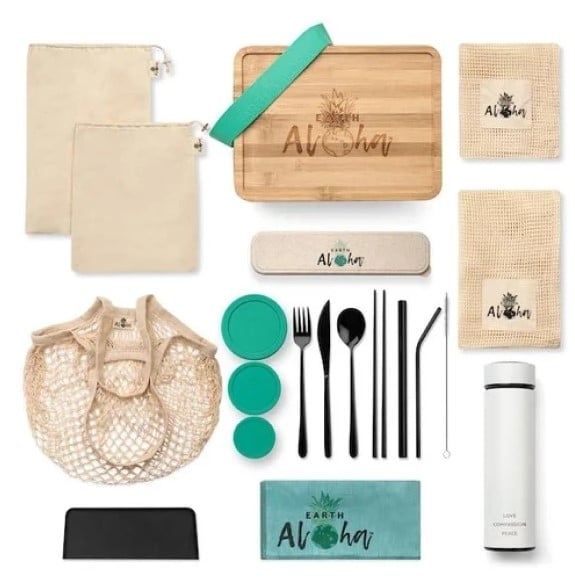
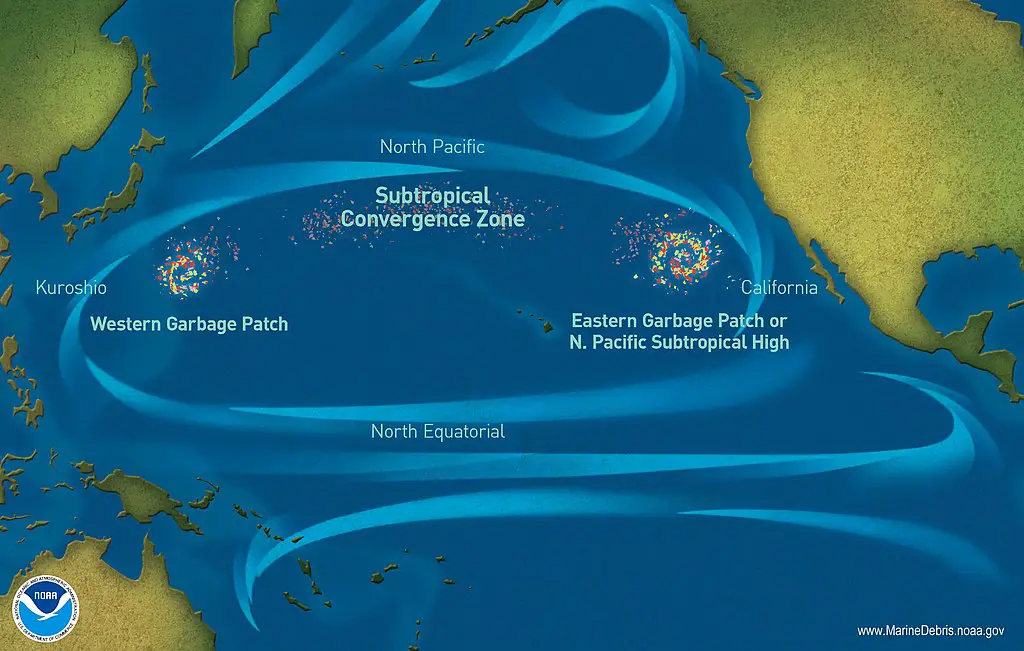
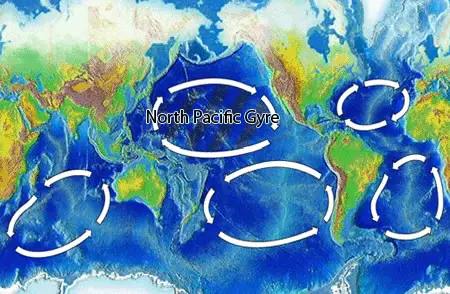
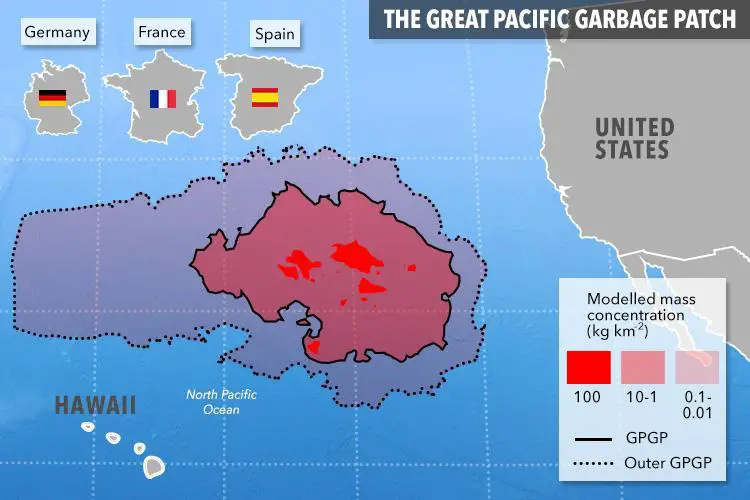
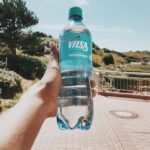
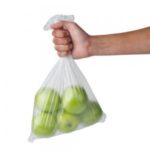
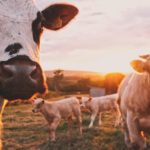
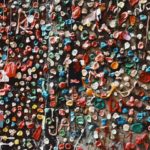



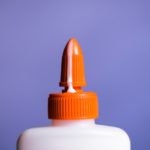
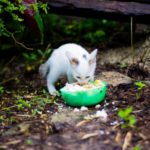

How To Attach Sleeping Bag To Regular Backpack?
Sunday 25th of July 2021
[…] you have done with the rolling and packing of your sleeping backpack in a separate plastic bag process, there are 5 ways that you can apply it very easily for attaching it to your regular backpack. In […]